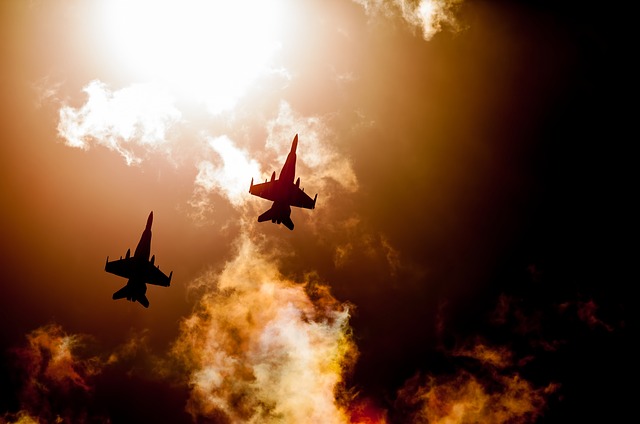
Acceleration is a fundamental part of our physical world and manifests itself in various ways in our daily lives. From the movements of cars on highways to the phenomena we experience on amusement park rides, acceleration is present in many aspects of our lives.
Below we will show some examples to illustrate this physical concept.
1. Acceleration in a car
One of the most everyday examples of acceleration is the experience of driving a car. When we step on the accelerator to make the vehicle move from rest or increase its speed, we are applying a force that generates acceleration.
Positive acceleration results in an increase in speed, while negative acceleration (deceleration) occurs when we step on the brakes to slow down.
We feel the acceleration force pushing us toward the back of the seat during positive acceleration and forward during deceleration.
A typical acceleration when starting a car from rest: about 3 m/s². On the other hand, a typical acceleration during emergency braking: around -9 m/s² (negative deceleration).
2. Acceleration in an elevator
 When we use an elevator, we experience a specific type of acceleration: gravitational acceleration.
When we use an elevator, we experience a specific type of acceleration: gravitational acceleration.
When riding an elevator, the sensation of weight gain is due to the upward acceleration that counteracts gravity. When the elevator stops or moves down, the acceleration changes, and we may feel a sensation of "floating" or momentary lightness.
3. Acceleration in a train
When we ride a train, especially during the starting or braking process, we experience acceleration.
During initial acceleration, we feel a force pushing us back into our seats, similar to the sensation in a car. In the case of braking, we experience deceleration, which carries us forward and makes us hold on to the handrails.
An example of a typical acceleration of a train when starting is around 0.5 m/s².
4. Acceleration in sport
In sports, acceleration plays a crucial role.
For example, in athletics, runners experience acceleration when leaving the starting blocks in a race. Cycling also involves acceleration, as cyclists apply force to increase their speed. Even in team sports like soccer, players constantly accelerate and decelerate as they chase the ball or avoid opponents.
The typical acceleration of a runner when leaving the starting blocks in a race: around 4-5 m/s² while this value when a cyclist starts from rest is around 2-3 m/s².
5. Acceleration in gravity
 Acceleration due to gravity is a fundamental example that we experience every day. When we drop an object, it falls towards the center of the Earth due to gravity, and its speed increases as it falls.
Acceleration due to gravity is a fundamental example that we experience every day. When we drop an object, it falls towards the center of the Earth due to gravity, and its speed increases as it falls.
The gravitational acceleration on the Earth's surface has an approximate value of 9.81 m/s², which means that an object in free fall increases its speed by 9.81 meters per second every second.
This principle is the basis of free fall and skydiving movements.
6. Acceleration in the amusement park
At amusement parks, such as roller coasters and thrill rides, acceleration becomes a thrilling experience.
Roller coasters, for example, accelerate and decelerate rapidly, creating G forces that can cause passengers to feel pressed into their seats or up into the air. Sharp turns and turns also involve rapid changes in the direction of acceleration, adding excitement to the experience.
An example of typical acceleration on a roller coaster during a loop: around 3-5 G (30-50 m/s²), which means the acceleration is 3-5 times the acceleration due to gravity.
7. Acceleration in aviation
 Aviation is another field where acceleration is essential. Airplanes experience acceleration during takeoff, when they increase their speed to gain altitude.
Aviation is another field where acceleration is essential. Airplanes experience acceleration during takeoff, when they increase their speed to gain altitude.
Acceleration is especially noticeable in fighter aircraft, which can maneuver quickly and experience significant G-forces.
8. Acceleration in maritime navigation
In maritime navigation, ships experience acceleration when starting from port and when stopping.
Acceleration is particularly evident in large ships, as they require significant distances to accelerate and decelerate. Passengers and crew feel the acceleration when the ship departs or docks, as well as during maneuvers at sea.
9. Acceleration in science and technology
In particle physics, particle accelerators, such as the Large Hadron Collider (LHC), apply enormous accelerations to subatomic particles to study their behavior.
In technology, jet engines and space rockets generate acceleration to propel airplanes and spacecraft.